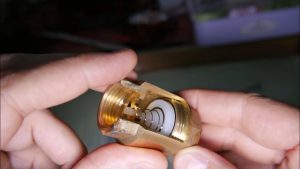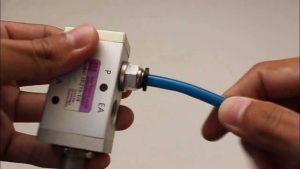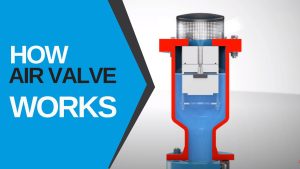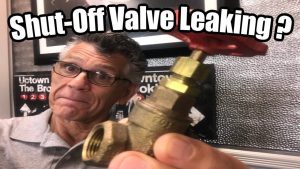What is V-notch Ball Valve?
The V-ball, V “notch” is an exclusive design that allows precise flow with the ability to modulate and control the flow with 30°, 60°, or 90° degree V “notches”. The V-Ball valve is a low-maintenance valve with a tight bubble shut-off feature.
Are V-Ball Valves Directional?
Most ball valves are bidirectional and feature two fixed or floating seats on the upstream and downstream sides of the valve.
Details of V Notch Ball Valve
| Size Range: | DN 25~250mm NPS 1”-10” (Wafer) DN 25~500mm NPS 1”-20” (Flange) |
| Press. Rate: | PN 10/16/25/40/63 ANSI 150/300/600 |
| Temp. Range: | Metal Seat -29…+450℃ Resilient Seat -29…+150℃ |
| Seal Tightness: | Metal Seat Class IV Resilient Seat Class VI |
| Body Material: | Carbon Steel, Stainless Steel, Special Alloy |
| Ball/Stem Material: | Stainless Steel, Special Alloy |
| Seat Material: | Stainless Steel+STL, PCTFE, PEEK (Flange) Stainless Steel+STL (Wafer) |
| Face to Face: | ISA S75.04, IEC/DIN 534-3-2 (Flange) Factory Standard (Wafer) |
| Flange Standard: | GB/T 9113.1, JB/T 79.1, HG 20592, ASME B 16.34, ISO 7005 (Another drilling on request) |
| Applications: | Pulp & Paper, Water Treatment, Food & Beverage, Fine Chemical, Power Plant, Steel Industry |
V Notch Ball Valve Design
V notch ball valve is a specialized ball valve that is suitable for coarse control applications. At the same time, they can also provide reliable shutoff.V notch ball valve is constructed similar to full or standard port ball valves with one exception — the bore through the ball is “characterized” as opposed to a “circular bore”. As the name states, the bore is a “V”, or wedge shape. This characterization evens out the flow curve, making them suitable for, and sometimes preferred for control applications.
There are many different semiballs available to accommodate different flow ranges with the same valve body. The most common are 60 ̊, 30 ̊, and 15 ̊ (Figure 2).
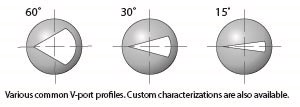
Features of V Ball Valve
Body:
- a) Integral body design offers greater rigidity against fluctuating pipe loads.
- b) Eliminates the leak path associated with two-piece body designs.
- c) Both wafer and flange connections are available.
Core:
- a) Specially designed V-notch ball provides strong cutting stress and tight sealing.
- b) Hard chromium, nitriding, and HCOF treatments are all available for the ball surface treatment, improving hardness, abrasion resistance, fatigue resistance, corrosion resistance, and performance under high temperatures.
- c) Well ground notched ball surface ensures small operating torque and tight seal, especially for metal seated segment valves.
Seat:
- a) For a valve rated under class 150, a retainer is cast on the valve body to eliminate any possible space between the seat ring and body for residue accumulation. Consequently, this ensures a perfect seal.
- b) Specialized spring design decreases valve torque while providing force for tight sealing.
- c) Pressure-energized seat design offers excellent sealing even at very low differential pressures.
Stem:
a) The stem is finely ground to match the actuator excellently, which prevents rocking motion and potential failure of the segmented valve.
Related Tags :
Ten articles before and after






